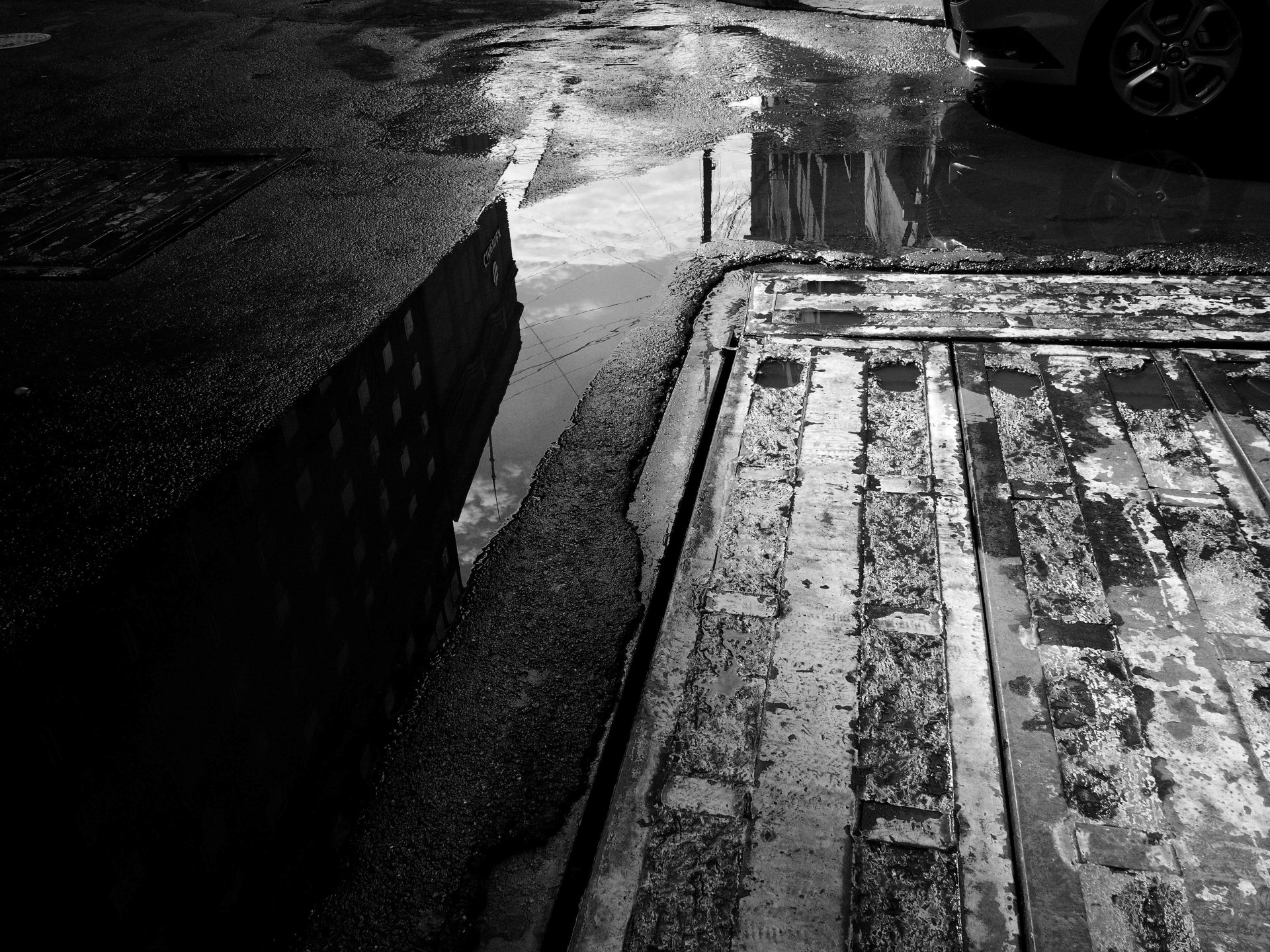A hard background to make the photographer famous and respected
Read this:
I grew up on the rough streets of Detroit, where every corner had its own set of challenges, and survival wasn’t just a word—it was a way of life. My childhood wasn’t the kind you hear about in happy stories. My mom was in and out of addiction, and my dad was a ghost—someone I only knew through a few crumpled photos stuffed in a drawer. He walked out on us before I could even take my first steps.
As a kid, I was alone a lot. I had to figure things out on my own, and the streets became my playground—and my battlefield. I learned early on that if you weren’t tough, you wouldn’t last. By the time I was eight, I was already scrapping with kids twice my size, using my quick wit and whatever else I had to make it through.
Home wasn’t any safer. My mom’s unpredictable behavior meant that peace was a rare visitor. The nights were long, filled with yelling, the sound of breaking bottles, and me staring at the ceiling, trying to tune it all out. School wasn’t much better. I was the quiet kid in the back of the class, always watching, always on edge. But that’s where I found something that changed everything—an old, beat-up camera a teacher handed me one day, probably out of pity.
That camera became my lifeline. Through the lens, I started seeing the world differently. The same streets that once seemed like enemies became my subjects. The pain, the struggle, the raw humanity I saw every day—I began to capture it all in photos. Photography was my way of making sense of the chaos, of turning my pain into something else, something that maybe even had a bit of beauty in it.
As I got older, my camera became a permanent extension of myself. I never left the house without it, documenting everything, from the gritty realities of life in the inner city to the fleeting moments of hope I found hidden among the shadows. My work was raw and unfiltered—just like me. Each photo told a story, not just about the people and places I captured, but about my own journey. A journey of survival, of refusing to give up, of turning the pain that could have crushed me into something powerful.
I’ve been called tough, and that’s true. Life made me that way. I don’t flinch in the face of adversity, I don’t back down from a challenge, and I know the value of fighting for what I believe in. Today, I’m known as a street photographer, but behind every photograph is the story of a kid who had to grow up too fast, who faced more in his childhood than most do in a lifetime, and who found a way to turn all that pain into art.
Not bad, right?
Well this photographer does not exist and is pure invention. But the biography can work to access to fame and recognition. There are photographers who have invented a mother whore and a father who is a gangster. Others who slept on the streets before arriving in New York. Then maybe they scam you with photozines that they will never send you. Or they get into the scam NFT trade. Don’t believe them. It doesn’t matter how they are famous. Someone has understood that telling a life story that can give it an interesting tone pays in a world like photography.
Extending the idea that photography doesn't tell the truth, they applied it to their own lives. And with this thing they make you believe that they are now rough guys, with a life story from a movie. But look at them: they are either little more than brats who go on YouTube or old men with a great fear of dying, to the point that they bring bodyguards to go and take pictures.
But do you really believe the story about the gangster father? It is just a story told to make us gullible fall.
Am I talking about Bruce Gilden? Yes, I am talking also about him.
Bruce Gilden, the renowned street photographer known for his bold and confrontational style, has often shared personal anecdotes about his life, including claims about his parents. He has mentioned in interviews that his mother was a prostitute and his father was involved in organized crime. However, these claims are difficult to verify.
Gilden's storytelling and the persona he has crafted around his work often blur the line between fact and artistic expression. While he has made these statements, there is no concrete evidence or documentation publicly available that corroborates these specific claims. In the world of art and photography, it's not uncommon for artists to embellish or shape their narratives to fit their public persona or to add depth to their work.
In this case, it’s reasonable to approach Gilden’s claims with skepticism, especially given the lack of verifiable proof. Whether or not these stories are true, they have certainly contributed to the mystique and edge that surround his work and public image.


